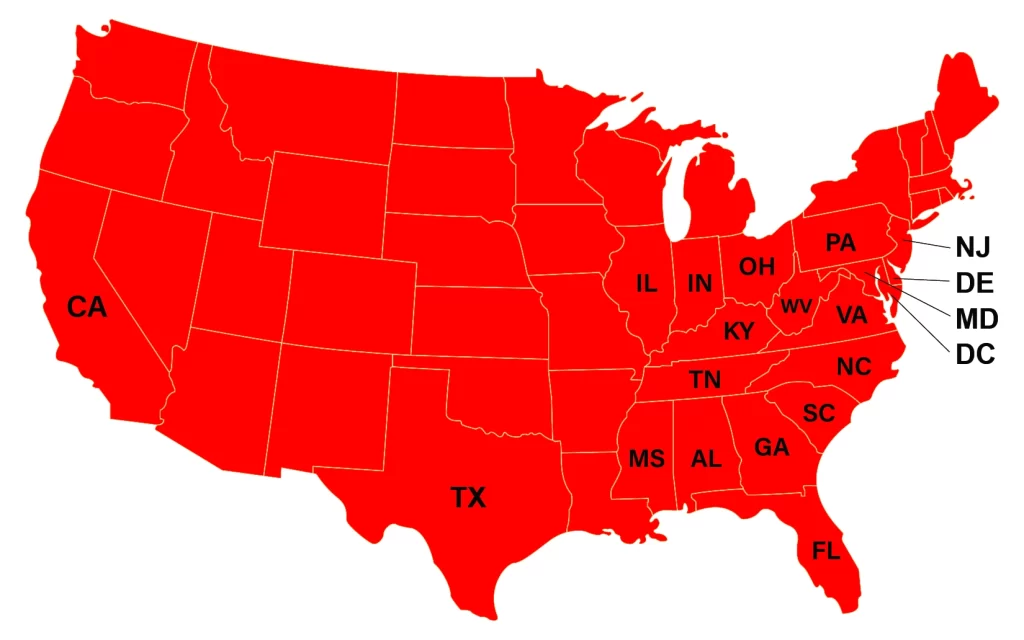Insurance fraud is a serious issue, costing billions annually and affecting the integrity of the industry. Investigators are trained to identify suspicious claims by looking for several red flags. By spotting these early, they can prevent insurers from paying out on fraudulent claims, thus protecting policyholders from increased premiums. Below are some common indicators investigators watch for when evaluating insurance claims.
1. Inconsistent or Changing Stories
One of the primary signs of fraud is when a claimant’s story changes or has inconsistencies. For example, a claimant may alter their description of how an accident occurred or where it happened. This often raises suspicions, as genuine claims tend to have more consistent and straightforward accounts. Investigators are trained to document any discrepancies in statements and witness reports carefully to identify potential fraudulent activity.
2. Excessive or Inflated Damages
Fraudulent claims often involve exaggerated or disproportionate damages compared to the incident. For example, claiming extensive property damage from a minor incident or inflating medical bills far beyond reasonable expectations are major red flags. Insurers will scrutinize claims that seem excessive, particularly when there’s limited evidence to back up the damages.
3. Reluctance to Provide Documentation
Claimants who delay providing essential documentation, such as medical records, police reports, or proof of ownership, may be hiding fraudulent intentions. A lack of supporting evidence or fabricated documents is a common tactic fraudsters use to prevent investigators from thoroughly verifying their claims. Missing or manipulated documentation is often a key indicator that further investigation is needed.

4. Unusual Behavior During the Claims Process
Claimants who show unusual behavior, such as being overly cooperative or, conversely, aggressively pushing for a quick settlement, often raise red flags. Those who seem unusually familiar with the insurance claims process may also be attempting to exploit their knowledge for personal gain. Investigators also note behaviors such as evasive answers or vague details about the incident.
5. History of Prior Claims
A claimant’s history plays a significant role in assessing the legitimacy of a claim. Individuals with a record of frequent or suspicious insurance claims are often viewed with heightened scrutiny. Patterns of similar claims, especially those related to personal injuries or property damage, can indicate a fraudulent claimant attempting to exploit the system.
6. Suspicious Timing or Circumstances
Certain types of claims, such as those submitted shortly after a policy is taken out or claims made under unusual circumstances (e.g., no witnesses or a late police report), often signal potential fraud. Monday morning injury claims following the weekend are particularly common in workers’ compensation fraud, as claimants may attempt to attribute non-work-related injuries to the workplace.
By closely examining these red flags, investigators can uncover fraudulent insurance claims, helping to protect insurers and policyholders from the financial impact of fraud.
Hire an Experienced Insurance Investigator in Charlotte
At J.P. Investigative Group, we bring years of experience and attention to detail to every insurance case. Our insurance investigator team in Charlotte handles investigations efficiently and professionally.
Call now for trusted and reliable service!


